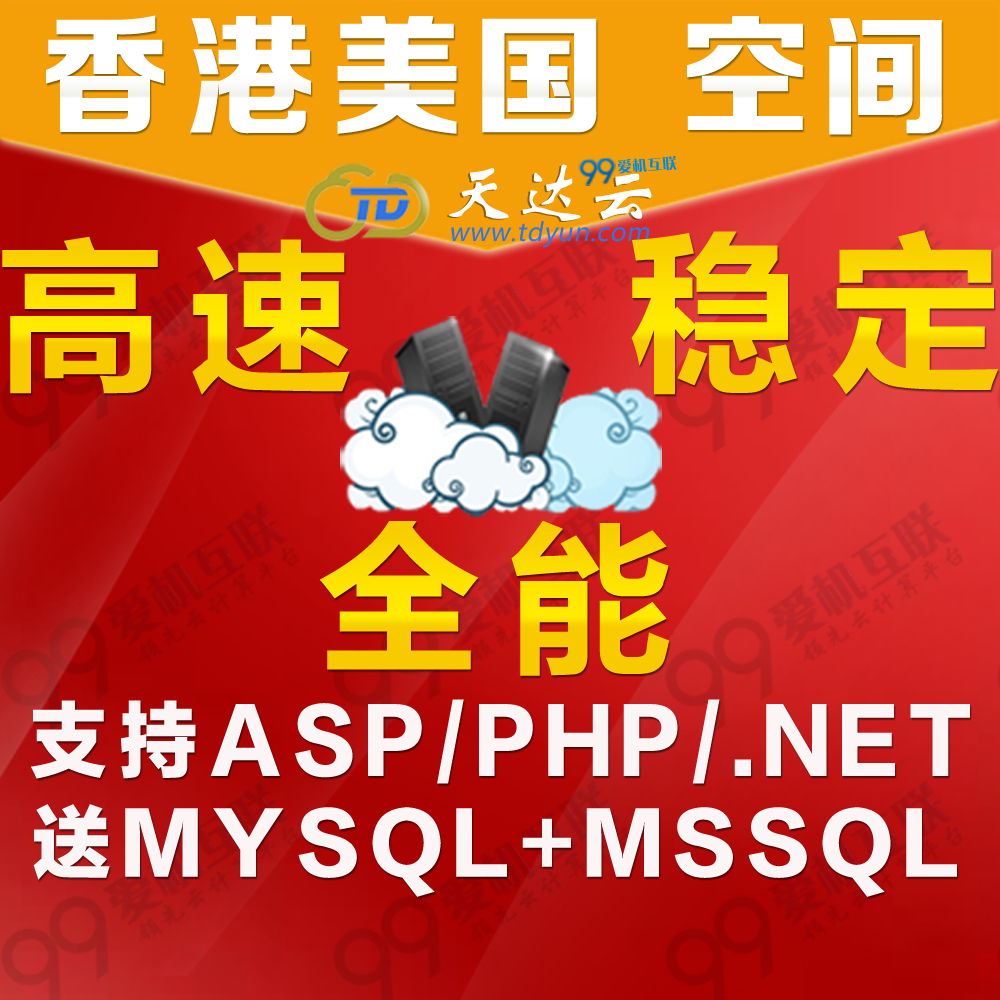新时尚Windows8开发(七):资源限定符和资源映射
日期:2014-05-17 浏览次数:21046 次
新时尚Windows8开发(7):资源限定符和资源映射
老周的博客专栏:http://blog.csdn.net/tcjiaan
转载请注明原作者和出处。
上一篇文章中,我们吹了一下资源和本地化,同时也做了一个实例,本文我们再深入探索一下资源限定符和资源路径的映射。这两个玩意儿也许我们在实际开发中并不十分关注,不过,了解一下,还是有好处的。
这两个名词看起来就抽象,或者,我们会感觉到,从文字描述无法理解它们,那么,老规矩,我们还是用实验来看看是否能将抽象的概念形象化。
1、启动VS,新建一个Modern风格的应用程序项目(也就前面说过的板砖风格)。
2、在“解决方案资源管理器”中的项目节点上右击,从快捷菜单中依次选择“添加”-“新建项”,在模板列表中找到资源文件(.resw),文件名按默认Resources即可,确定。
3、在刚才新建的资源文件中,随便输入一些资源,如图:

4、保存并关闭资源文件,另外,在项目中新建两个空白页面,分别为PageQt.xaml和PageMaps.xaml,现在,你的解决方案结构应该类似下图所示。

(1)打开PageQt.xaml,界面布局参考下面的XAML。
<Grid Background="{StaticResource ApplicationPageBackgroundThemeBrush}">
<TextBlock Name="tb" FontSize="20" TextWrapping="Wrap" Margin="3"/>
</Grid>
(2)切换到PageQt.xaml.cs,C#代码如下所示。
using System;
using System.Collections.Generic;
using System.IO;
using System.Linq;
using Windows.Foundation;
using Windows.Foundation.Collections;
using Windows.UI.Xaml;
using Windows.UI.Xaml.Controls;
using Windows.UI.Xaml.Controls.Primitives;
using Windows.UI.Xaml.Data;
using Windows.UI.Xaml.Input;
using Windows.UI.Xaml.Media;
using Windows.UI.Xaml.Navigation;
// 引入以下命名空间
using Windows.ApplicationModel.Resources;
using Windows.ApplicationModel.Resources.Core;
namespace MyApp
{
/// <summary>
/// 可用于自身或导航至 Frame 内部的空白页。
/// </summary>
public sealed partial class PageQt : Page
{
public PageQt()
{
this.InitializeComponent();
this.Loaded += PageQt_Loaded;
}
void PageQt_Loaded(object sender, RoutedEventArgs e)
{
ResourceContext context = ResourceManager.Current.DefaultContext;
string resultStr = string.Empty;
foreach (var item in context.QualifierValues)
{
resultStr += string.Format("{0} => {1}", item.Key, item.Value);
resultStr += "\n";
}
this.tb.Text = resultStr;
}
}
}
(3)保存,接着打开PageMaps.xaml,XAML如下所示。
<Page
x:Class="MyApp.PageMaps"
xmlns="http://schemas.microsoft.com/winfx/2006/xaml/presentation"
xmlns:x="http://schemas.microsoft.com/winfx/2006/xaml"
xmlns:local="using:MyApp"
xmlns:d="http://schemas.microsoft.com/expression/blend/2008"
xmlns:mc="http://schemas.openxmlformats.org/markup-compatibility/2006"
mc:Ignorable="d">
<Grid Background="{StaticResource ApplicationPageBackgroundThemeBrush}">
<TextBlock Name="tb" FontSize="20" TextWrapping="Wrap" Margin="3"/>
</Grid>
</Page>
切换到C#代码视图,处理代码如下面清单所示:
using System;
using System.Collections.Generic;
using System.IO;
using System.Linq;
using Windows.Foundation;
using Windows.Foundation.Collections;
using Windows.UI.Xaml;
using Windows.UI.Xaml.Controls;
using Windows.UI.Xaml.Controls.Primitives;
using Windows.UI.Xaml.Data;
using Windows.UI.Xaml.Input;
using Windows.UI.Xaml.Media;
using Windows.UI.Xaml.Navigation;
// 引用以下命名空间
using Windows.ApplicationModel.Resources;
using Windows.ApplicationModel.Resources.Core;
namespace MyApp
{
public sealed partial class PageMaps : Page
{
public PageMaps()
{
this.InitializeComponent();
this.Loaded += (sender, args) =>
{
免责声明: 本文仅代表作者个人观点,与爱易网无关。其原创性以及文中陈述文字和内容未经本站证实,对本文以及其中全部或者部分内容、文字的真实性、完整性、及时性本站不作任何保证或承诺,请读者仅作参考,并请自行核实相关内容。
